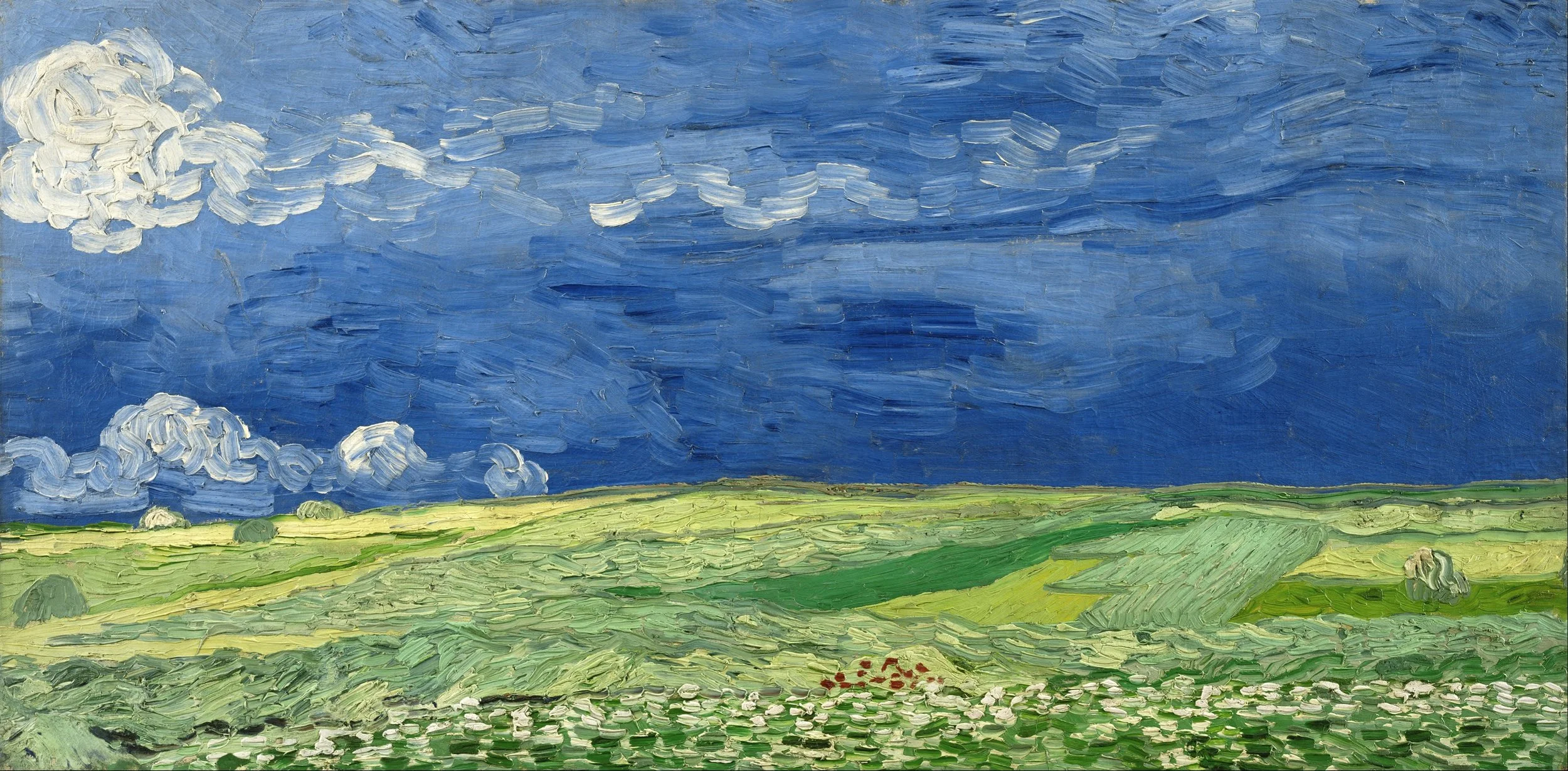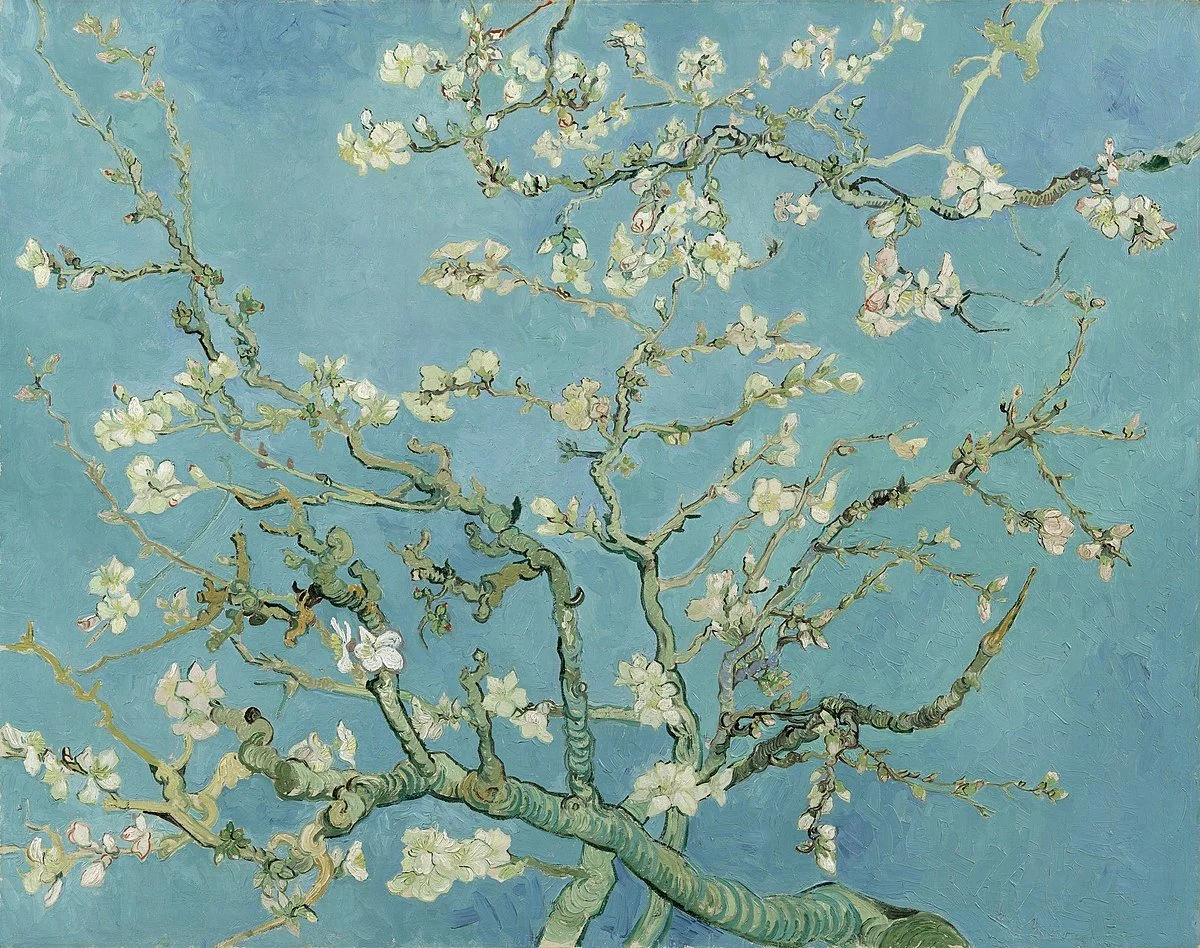The painting above was painted just a few weeks before he shot himself in the chest with a revolver (which, btw, he only died from in the inn he was staying at a few days later, smiling with a group of family and friends, still smoking and drinking, and assuring everybody he was of sound mind and did this because he wanted to—“My body is mine and I am free to do with it as I wish”). Who knows the full story? Maybe we’ll never know. But when people around his bedside said they would still try to save his life he replied “Then I will have to do it again.”







